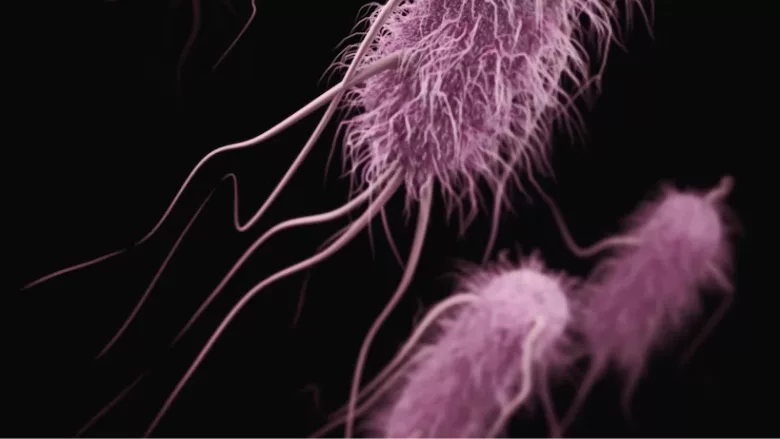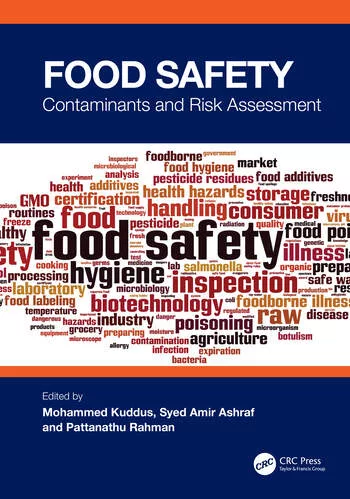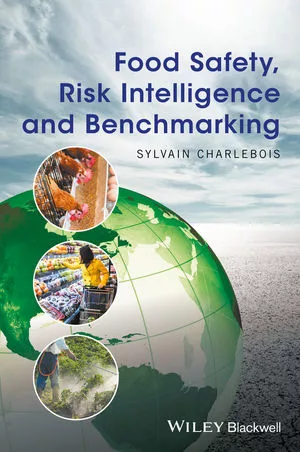Researchers Explore New Risk-Ranking Methods for STEC Strains

Credit: CDC via Unsplash
Researchers from Livsmedelsverket, known as the Swedish Food Agency in English, have developed a new approach for ranking and classifying strains of Shiga toxin-producing Escherichia coli (STEC) based on potential public health burden.
The study was conducted with the intent to close knowledge gaps that exist regarding the properties determining the extent to which different subtypes of STEC can cause severe disease. To do this, researchers leveraged data on the proportion of human cases of STEC infection that involve severe illness.
In 2019, a joint Food and Agriculture Organization of the United Nations/World Health Organization Expert Meeting on Microbiological Risk Assessment (JEMRA) proposed a concept of categorizing the pathogenic potential of a STEC strain solely based on virulence gene content. For the present study, researchers compared the JERMA proposal for classifying STEC strains detected in food with the probabilities of severe clinical outcomes following infections with the same strains. The researchers used European Food Safety Authority (EFSA) data on confirmed reported human STEC infections in the EU/European Economic Area (EEA) in 2012–2017 for the comparison. An analysis of EFSA data suggests that STEC serogroup cannot be used as a predictor of clinical outcome. EFSA also concluded that any STEC subtypes can be associated with severe illness, but strains with the gene for producing the toxin subtype Stx2a showed the highest rates of haemolytic uraemic syndrome (HUS).
To evaluate the correlation between JEMRA’s approach and clinical data from EFSA, STEC strains within classes were compared to their estimated probabilities to cause severe illness. Findings revealed that existing approaches do not unequivocally classify different STEC variants according to their ability to cause severe disease.
A new approach, however, was developed by the researchers to address the limitations of existing approaches. The new method also improves transparency of risk management decisions and is risk based in terms of the probability and consequences following infection. The approach is not risk based in terms of the risk associated with the presence of a STEC genotype in a food, as this would involve genotype-specific risk assessments considering exposure, which would involve more work and data that are not always available.
Looking for quick answers on food safety topics?
Try Ask FSM, our new smart AI search tool.
Ask FSM →








